Description
A lab hydraulic press ,also known as a Bramah press , this laboratory equipment is a machine that uses fluid pressure to generate a force, which can be used to compress or mould materials.
This laboratory hydraulic press machine is designed to exert a large amount of force while still being easy to operate , it is often used in manufacturing and industrial applications, hydraulic presses. The Laboratory hydraulic presses are smaller and have a lower force capacity than what you may see in an industrial environment, but they also have an added benefit of being more precise.
The vulcanizing press machine is mainly used to compress the plastic silicone rubber material into a sheet or to complete the curing of rubber mixture for subsequent texting .This laboratory press machine has been developed to hot vulcanize all types of rubber, plastic, silicone etc material, including EPDM, NBR, SBR CR, NR, polymer etc .
Our manual Lab Hydraulic press is widely used in material researching labs,pharmacy,catalytic reaction,ceramics, electronic industries, it is one high efficient equipment for the sample preparing, due to its small footprint, it easy to carry and move, can work inside the vacuum glove box for processing under vacuum environment.
If you’re on a tight budget, a manual laboratory hydraulic press solution would probably save a lot of cost compared to automatical hydraulic press machine which need more money– but if your workforce will be using the press frequently, it might be too labour-intensive to be efficient. For busy laboratory use where a lot of samples will need to be pressed, your workflow might benefit from an automatic machine that will be quicker and easier to use.
That’s not all. You also have the option of a mini laboratory hydraulic press equipment, which is not only affordable but portable and easy to use, too.
Celsius.
At Simptek ,we tailored and supply a variety of hydraulic press vulcanizing machine ,the capacity range from 10 Ton to 500 ton as per your specific needs .
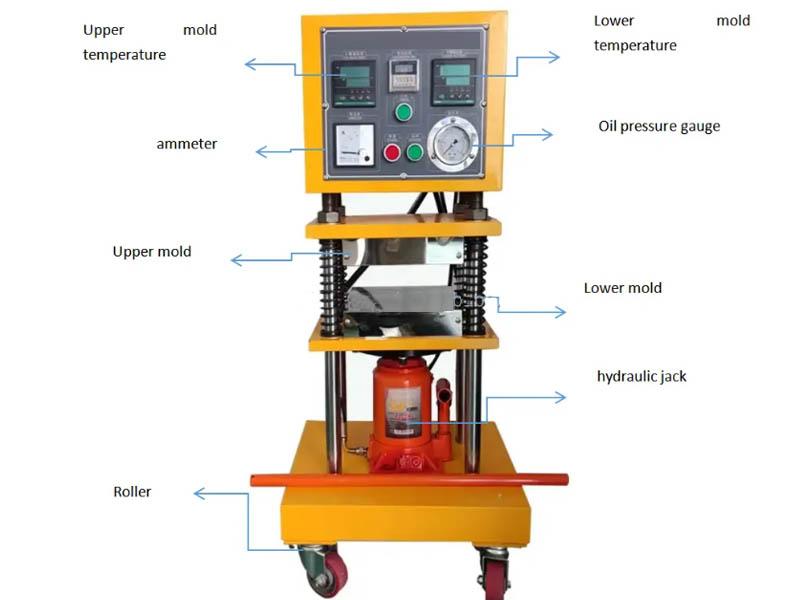
Feature:
| Capacity | 20T,25T ,30T |
| Temperature Range | R.T.~300°C |
| Temperature Controller | LED digital display, key setting input, numerical display output |
| Temp Accuracy | ±2℃ |
| Heating Method | Cartridge Heaters |
| Warm-Up Time | 0 ~ 200 ° C takes about 25 min |
| Timer | LED digital display 0.1S ~ 99M~ 9.9h curing time can set the alarm |
| Press Platen Dimensions | 350×350×40mm,customized |
| Press Layers | Single layer, heating up and down mould pressing plate |
| Clamp Distance | 60mm |
| Pressure Gauge | 0~350kg/cm2 |
| Working Power | 4KW |
| Dimension | 400x450x1000(W×D×H)mm |
| Weight | 195kg |
| Power Supply | 1∮,220V,15A(Customer prepare power connection) |
What Is LAB Hydraulic Press Vulcanized Used For?
Vulcanization gives rubber its characteristic more elastic and durable quality ,it is vital for rubber,silicone,plastic polymer industries . the vulcanized rubber material can be used to produce many products ,including soles of shoes, hoses, hockey pucks, bowling balls, toys, tires, bouncing balls, and much more.
When used in a lab, hydraulic presses are often required to:
* Test the strength and durability of materials
* Investigate the effects of high pressure on different substances
* Create pellets for sample analysis.
How Do Vulcanizing Press Work?
Vulcanisation is a thermochemical process which is vital for rubber industries. The rubber vulcanization includes a series of complicated chemical reactions with sulfur,accelerators and additives,it promotes cross-linking between rubber molecules , in order to improve the strength, abrasion, and aging resistance of the rubber. The vulcanized rubber material become more flexible ,elastic and durable than rubber that has not been vulcanised.
On the process of vulcanization , the rubber material are placed between two flat heated to a specified temperature . After high temperature and high pressure ,the rubber vulcanization is pressed into the desired shape . Here is the process of vulcanization as follows:
1. Pre-treament for Material :the rubber material to be vulcanized needs to be pre-treated, for example the material should undergo these process ,such as rubber cutting, crushing & blending, and mixing & kneading.
2. Charging and Loading Mold :the material treadted are sent to the rubber vulcanizer equipment for curing .The material are usually mixed with additives such as vulcanizing agents, accelerators, preservatives, and fillers to form a uniform rubber mixture.
3. Setting Heating & Pressure :Set some certain temperature and pressure ,process time for the vulcanization machine,which are controlled by PLC system .
Basically ,the vulcanization temperature can be adjustable as per different rubber materials and vulcanization requirements ()between usually between 140°–180° ). The vulcanization time is usually longer and can last from a few minutes to several hours.
4. Cooling and Curing: When the vulcanization reaction is completed, the hydraulic vulcanizing press machine starts the cooling system to cool the vulcanized rubber products, to cure their shape and structure.
Application of Vulcanization
The vulcanized rubber material feature higher tensile strength and thermal stability and durability ,it is 10 times more stronger than natural rubber. The vulcanized rubber material can be widely used to produce many products ,including
Shoe soles
Bowling balls
Motor mounts
Suction cups
Rubber Seals
Rubber O-rings
Conveyor Belts
Sealing Seal
Medical Silicone Products
Sports Equipment
Toys
Erasers
Hockey Pucks
Shock absorbers
conjugate fiber
silver solder
indium powder
carbon black powder
thermoplastic
thermosetting plastics
polytetrafluoroethylene
ceramic material
metal bonded sample







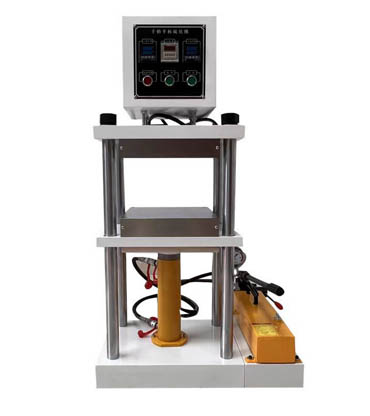
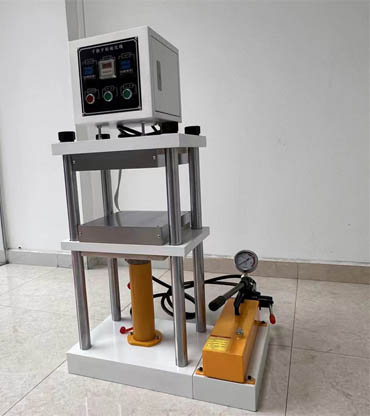
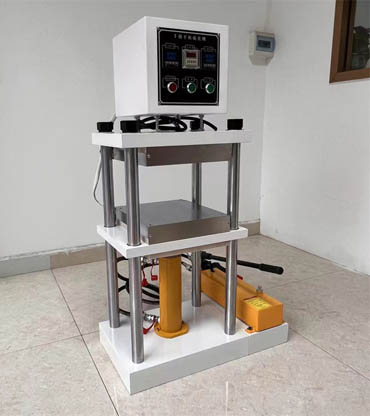
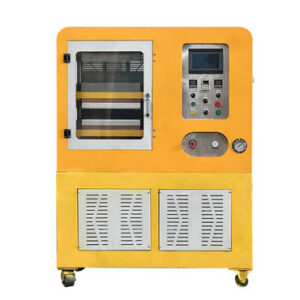
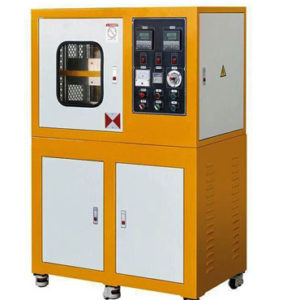
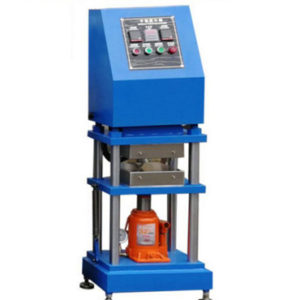
Reviews
There are no reviews yet.